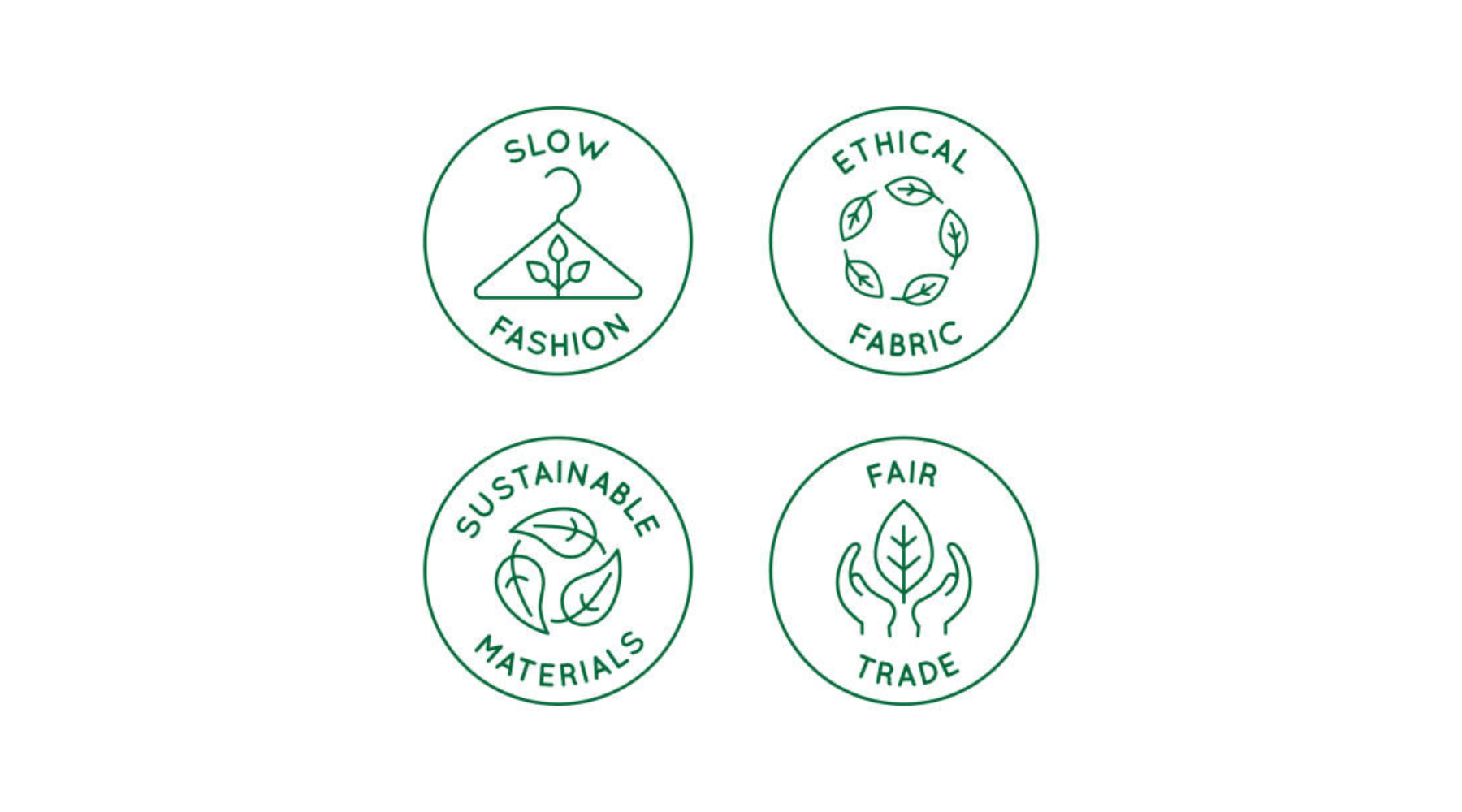The garment label is that small piece of fabric sewn inside the garments that provides the most important information about the product. It can contain a series of useful and necessary details so that the consumer can consciously choose based on their purchasing needs and is particularly helpful for the correct use and care of the garment.
In Europe, Regulation No. 1007 of 2011 “relating to the names of textile fibres and the labelling and marking of the fibre composition of textile products” dictates the rules in this area. It brings order to the chaotic issue of production within the textile industry, in order to safeguard against counterfeiting and false information. It agrees on the provisions applied for the use of definitions of textile fibres, labelling and the fibre composition of textile products. 
Inside a garment: all the information that must not be missing
A well-made label provides information on:
- Composition of materials : the materials used in percentage to make the garment are listed (for example cotton, polyester, wool, silk, etc.). If there are more than two fibres, the specific percentage is indicated for each, except for those fibres that do not exceed 10% of the total weight of the garment, which can instead be grouped under the indication "other fibres", always followed by the percentage. This data is important for determining the quality of the fabric, the characteristics that distinguish it, which are determined by the fibres with which it was made. For a garment to be defined as sustainable, it is preferable that it is made from organic and natural fibres and that it is composed of the smallest possible number of fibres (better if only one).
- Size and measurements : often, but we could say almost always, the size of the item is indicated. It is written according to the size scale that is adopted by the brand, therefore in letters (XS, S, M, etc.) or in numbers (36, 37, 38, etc.). They can be more or less detailed based on the type of item and also provide measurements in centimeters or inches. A well-detailed label helps the consumer in the most appropriate choice for his tastes, thus avoiding complications that lead to compulsive purchases.
- Brand : The brand or name of the brand may be included, especially if there is no visible logo on the garment. Essential to associate the reputation and quality of the company that produced it with the product.
-
Care instructions : you can also read the instructions on how to wash, dry, iron or dry clean the garment in the correct way through symbols used internationally. This ensures that the garment can be treated in the best possible way and is therefore maintained for a long time, prolonging its use: the durability of a garment is in fact one of the key principles of sustainability in the textile sector.
- Country of origin : some garments indicate the country in which the item was manufactured. This information provides information on the labor behind the production of that item; a garment that was produced through exploitation and in unethical conditions for workers cannot be considered sustainable.
Additional information on sustainability
In line with an ever-increasing focus on sustainability, the information written on the label is also changing. In fact, the ecological and green certifications that a garment – and the company that produces it – possesses can be reported. It is specified whether one or more fibers are organic in nature, whether recycled fibers have been used or the use of dyes and finishing processes used to improve the characteristics of a fabric. 
It is important to read – and above all know how to read – the clothing label carefully, which is in all respects a useful, if not fundamental, tool for understanding the composition of the fabric, the origin of the product and the instructions for keeping it in good condition over time.
The label allows us to understand what is behind the creation of a garment, what impact it has had on the environment and what it will have in the future. It should be able to stimulate questions in the consumer that bring them closer to sustainability: is it a recycled or recyclable garment? Is the quality of this garment high or low? Will I use it often? Is it resistant to washing? Is it worth buying?






Leave a comment